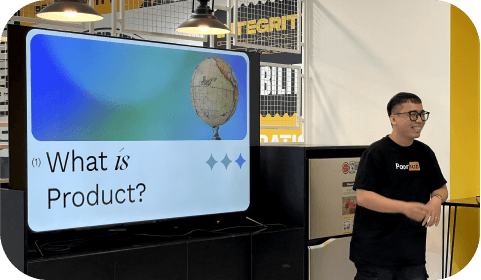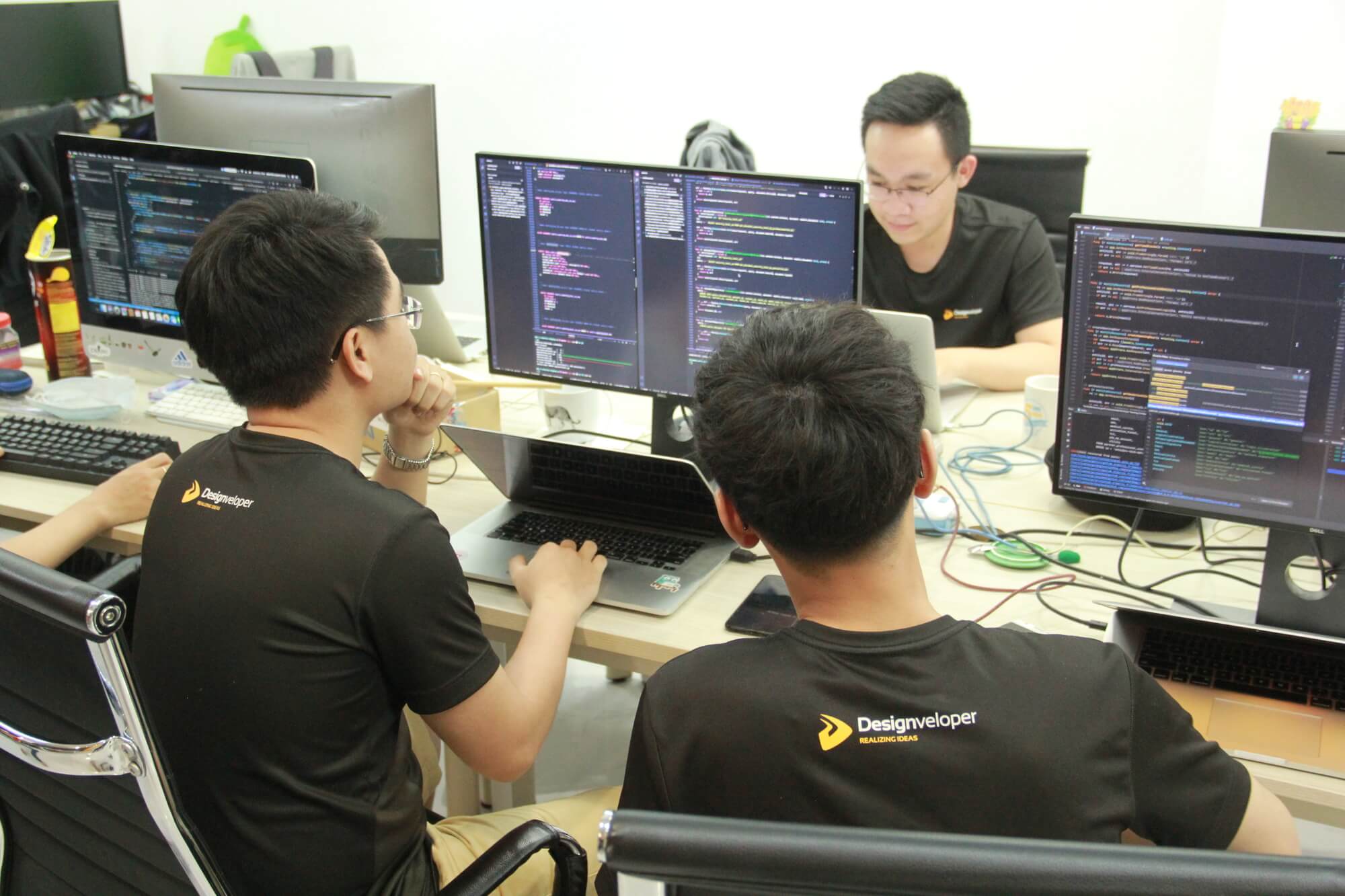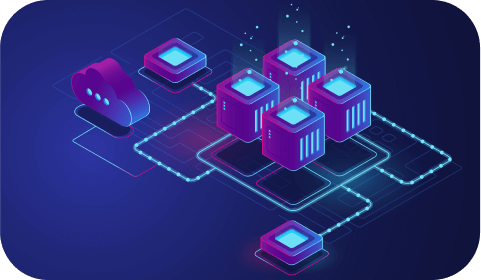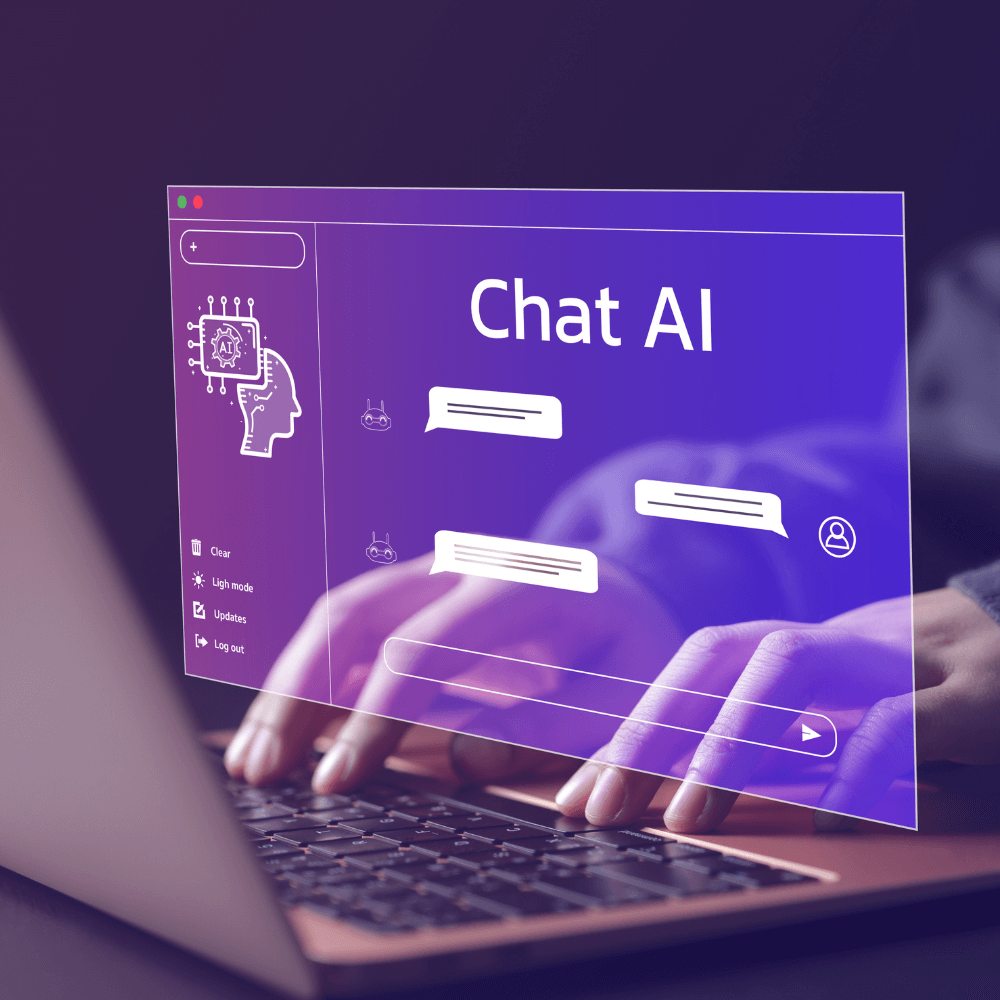AI Model: A Detailed Guide to Understanding & Building
Have you ever wondered how your phone recommends movies you might like, or how your email filters out spam? The answer lies in a powerful tool called an AI model. So what is it, exactly? This article will guide you through the world of this model, from its definition and types to 5 key steps to build one. Let’s dive in!
Understand AI Models
In this section, we’ll elaborate on what an AI model is and its differences from algorithms and apps.
What is an AI Model?
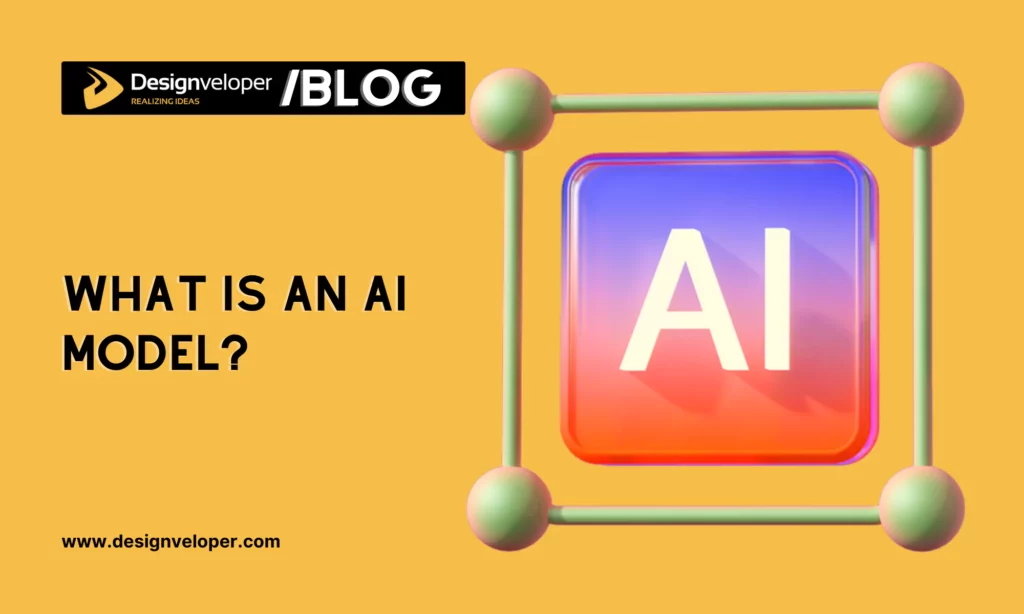
An AI model is a computer program that autonomously makes decisions or predictions without human intervention. How? This model is trained on a vast amount of data that can be extracted from texts, pictures, and other sources. By analyzing this data, the model can recognize patterns that support informed decision-making and other programmed tasks.
The first AI model was computer chess. This engine, pioneered by Claude Shannon and Alan Turing in the early 1950s, could play chess against human players without following a pre-programmed series of moves.
When both hardware and software advance, AI models become more intelligent and useful. They play a crucial role not only in entertainment like chess playing but also in different industries. Here are some examples:
- Retail & eCommerce: They can power chatbots for customer support and tailor product recommendations. Besides, they can enhance supply chain management and inventory forecasting.
- Finance: AI models can detect fraudulent transactions and assess credit risks. Further, they can predict market trends and optimize investment strategies by analyzing historical data.
- Healthcare: They can analyze medical images (e.g., MRIs or X-rays) to detect anomalies, hence identifying health issues. This supports early disease diagnosis and optimizes treatment plans.
- Software Development: Most developers (60%) also leverage AI models for code assistance and generation. At Designveloper, we utilize ChatGPT, Gemini, and GitHub Copilot to optimize our software development-related tasks. These tasks include interpreting code, debugging, generating test cases, creating docs/specs, and more.
AI Algorithms vs. Models vs. Applications
When learning about AI models, you may encounter other terms including algorithms and applications. While these three terms are interchangeably used in some contexts, they still have different roles:
AI Algorithms: These are a set of instructions or rules that guide how a machine should process data, learn from it, and make informed decisions. These algorithms can be complex mathematical formulas or rule-based systems.
AI Models: These are the outcomes of training AI algorithms on data. Accordingly, AI models can “learn” from the data and be capable of doing specific tasks, like translating languages or recognizing speech.
AI Applications: These are end-user products that integrate AI models to perform a function or provide a service. For instance, a chatbot (“AI application”) utilizes natural language processing (“AI model”) which is trained on a machine learning algorithm (e.g., Recurrent Neural Network) to understand and respond to your queries.
What Types of AI Models Exist?
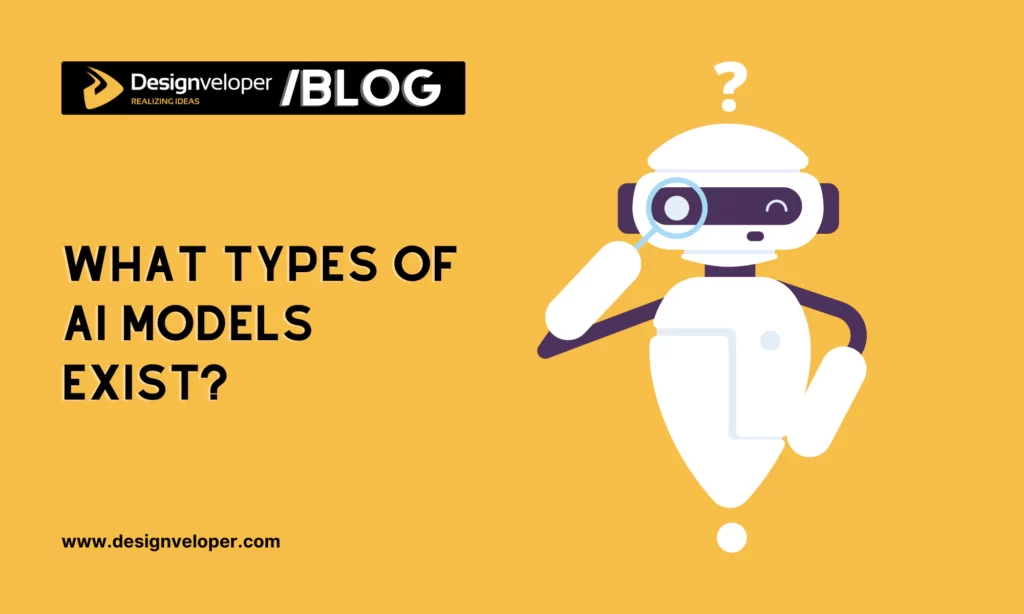
The AI model market is booming, with a projected CAGR of 28.46% from 2024 to 2030. Accordingly, its market revenue is expected to reach over USD 826 billion by 2030.
To understand this diverse market, you need to distinguish its two main types: machine learning (“ML models”) and non-machine learning (“rule-based AI models”). Here are their differences and applications:
Non-Machine Learning Models
These models depend on pre-scripted rules and instructions, like experts following a specific guide. Also known as Symbolic AI, these non-ML models have no ability to learn on their own. Instead, they encode rules and knowledge to mimic human expertise in a specific task. Below are some of their typical examples:
- Spam Filters: These use rule-based systems to detect spam emails. In other words, they’re explicitly programmed with patterns, phrases, and keywords commonly found in spam emails. Rather than learning independently, these filters only improve when human experts add new rules.
- Chess Engines: These AI models use search algorithms and heuristics (“rules of thumb”) to make strategic moves. They don’t make progress from playing against other opponents. Instead, they leverage a vast knowledge base of chess tactics and make calculations to choose the best upcoming move.
- Factory Assembly Lines: These lines leverage rule-based systems to control automated machinery and robots. In particular, sensors in these lines collect and send data to the systems. The systems then compare data with the pre-scripted rules and act suitably. For example, if a sensor identifies a misaligned part, the rule may be “stop the conveyor belt”.
Machine Learning Models
ML models leverage statistical AI to analyze data, recognize patterns, and make predictions. Accordingly, they can learn from experience and make improvements over time.
ML models come into three main categories, including:
Supervised Learning:
- Definition: This involves training ML algorithms on labeled data.
- Used for: Supervised learning is often used in classification and regression tasks. As for classification, you may train an image recognition model to classify images into separate groups like “eagles” or “sparrows”. Meanwhile, a regression model forecasts a continuous value (e.g., house prices or temperature) based on such features as location or size.
- Example: Self-driving cars analyze massive amounts of labeled images (“training data”) to recognize objects like traffic signs or pedestrians.
Unsupervised Learning:
- Definition: This involves finding patterns and structures within unlabeled data.
- Used for: Unsupervised learning is commonly applied for clustering and dimensionality reduction. As for clustering, this model groups similar data points based on the underlying patterns. Meanwhile, dimensionality reduction helps decrease the number of features in a dataset while maintaining the most crucial info.
- Example: eCommerce platforms leverage K-Means clustering to analyze customer data (“unlabeled”). Then, the ML model will group customers into groups with similar features (e.g., demographics and purchase history). This enables targeted marketing campaigns.
Reinforcement Learning:
- Definition: This involves allowing AI agents to learn through trial and error in interactive environments. These agents learn by getting rewards for goals and penalties for mistakes. This helps them enhance their decision-making capabilities gradually over time.
- Example: This ML model helps optimize resource allocation in complex systems (e.g., power grids). The system (“agent”) observes the current demand and network conditions (“environment”). Then, it’ll take actions (e.g., modifying power output) and obtain rewards for efficient resource usage. Otherwise, it’ll get penalties for outages.
5 Steps on Creating an AI Model
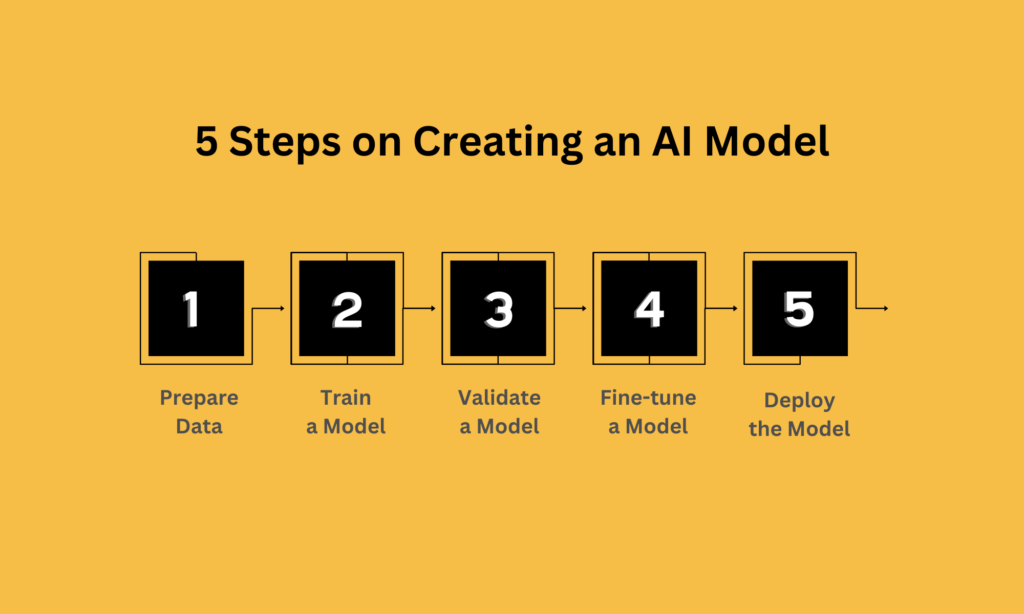
In the past, building an AI model involved a significant time investment from data scientists. Each new model required starting everything again, from data selection to validation.
But today, the advent of foundation models has facilitated the model development process. A foundation model is a pre-trained AI model that lays a foundation for developing specific AI apps. Imagine it as a powerful engine you can personalize for your specialization.
With this model, the process of creating an AI model can be broken down into the five following steps:
Prepare Data
The first stage is to prepare data for training your AI model. The data can come from both open and proprietary sources across dozens of industries. The better the data, the more accurately and reliably the model will perform.
In this stage, you need to implement a wide range of data processing tasks. These tasks include:
- Classifying data into particular groups based on its languages, types, and purposes.
- Filtering out irrelevant or harmful information (e.g., hate speech or copyrighted material).
- Removing errors, inconsistencies, and duplicates from the raw data.
At the end of this phase, you’ll collect base data piles that are cleaned and well-prepared for training AI/ML models.
Train a Model
The second stage is to train your model using the mentioned data piles. But first, you need to pick a foundation model that best matches your ultimate purposes and AI model types (e.g., supervised or unsupervised learning). There are multiple foundation models to choose from, for example, GPT, Stable Diffusion, BERT, or Amazon Titan. Selecting the right models will help you build the desired AI model.
Then, you need to tokenize your data piles. Tokenization is the process of breaking data piles down into smaller, more manageable units (“tokens”). This allows a foundation model to understand and process data more efficiently, especially when it must learn complex relationships within the dataset.
This stage can take a long time depending on your model size and complexity. For example, a large-scale AI model can last months with several thousands of GPUs.
Validate
When training your model is done, it’s time to run the model and evaluate its performance based on established benchmarks or metrics. This will help you validate whether the model is of high quality and understand the model’s strengths or weaknesses.
Below are some popular techniques for testing AI models:
- Cross-Validation: Your AI model can perform well on specific data, but be unable to tackle unseen or new data well. This issue is known as overfitting. Cross-validation will solve this problem by dividing your training data into various folds, then training your model on one fold, and testing it on others. This ensures your model may perform well even on new datasets.
- Confusion Matrix: This technique allows you to visualize your classification model’s performance through a grid-like table. The table’s two rows showcase the actual classification of the data points (e.g., spam/not spam for emails). Meanwhile, its two columns indicate your model’s predictions (e.g., classified as spam/not spam).
Further, you can create a model card to present the model’s key information to stakeholders. The card covers different aspects of your model like model details, architecture, training data, performance metrics, and limitations. Creating such a card allows users to understand how the model works, improve the model, and even create the same one using documented steps.
Fine-tune
When your AI model is well-trained and tested on general training data, it’s time to customize the model to optimize its performance for your app’s specific needs. This phase is called fine-tuning. For example, a model trained on image recognition could be fine-tuned for different image-based apps.
This phase requires your developers to step in. With deep expertise and understanding of a specific domain, developers recognize data specific to the app. They can adjust model parameters and use data augmentation techniques to fine-tune the model.
This fine-tuned model is then incorporated into your app and provides AI capabilities. These features can be personalized recommendations or automated analytics.
Deploy
The final stage is to launch your AI model to a wide audience. The successful deployment of this model requires rigorous resource planning, proper deployment options, robust computing devices and servers, and scalable prototypes. Here are some key tasks in this phase:
Preparing the Model:
- Packaging: It’s crucial to package your well-trained model into a format compatible with the chosen deployment environment. Some common formats include PyTorch ScriptModule, TensorFlow SavedModel, or ONNX.
- Version Control: This helps you track changes to your model over time. Further, maintaining versions allows you to revert to previous states if necessary.
Choosing a Deployment Environment: You can deploy your AI model on cloud platforms (e.g., Amazon Web Services and Microsoft Azure) or on-premises infrastructure. Regardless of your choice, you should pick a solution that provides scalability, security, robust processing power, and management tools.
Creating an API: An Application Programming Interface (API) serves as a bridge between your model and the app using it. The API gets user requests, sends them to the model for processing, and returns its predictions to the app.
Monitoring and Maintaining: Model deployment is not the end of this process. You should constantly monitor the model’s performance by tracking and evaluating metrics (e.g., accuracy, resource usage, or latency). Besides, real-world data can expose biases at times and require adjustments. So, you need to establish a feedback loop to retrain the model regularly. This will ensure it stays accurate and relevant.
Develop AI Models With Designveloper

The world of AI is full of potential, but navigating its complexities and achieving success can be tricky. So, finding a trusted partner is essential for streamlining the development process and harnessing the full power of AI. And Designveloper is your ideal choice for creating AI models.
Here’s why:
- Deep Expertise & Experience: Our team has deep technical knowledge in various AI domains, from machine learning to natural language processing. Besides, we’re experienced in building AI solutions like Song Nhi (an AI-powered financial management assistant). We stay ahead of the latest advancements to ensure your model is developed with the most effective techniques.
- Custom Solutions: We take time to understand your specific demands and challenges. So, we work collaboratively with you to identify the existing problems and build a tailored model that fits your business values and delivers tangible results.
- Full-Stack Development: We provide comprehensive services that cover the entire AI model development lifecycle, from data collection to ongoing maintenance and updates.
- Agile Approach: We leverage AI frameworks like SCRUM to emphasize iterative development cycles and close collaborations with you. This allows for continuous feedback and essential modifications, hence leading to a highly optimized product that meets your evolving demands.
- Focus on Transparency and Trust: We believe in open communication and building trust with our clients. Our team is always transparent in the development process, from timelines and budgets to tasks. Further, we provide different communication channels to keep you updated throughout the project.
So, are you ready to unlock the potential of AI for your business? Contact us today and realize your ideas!














